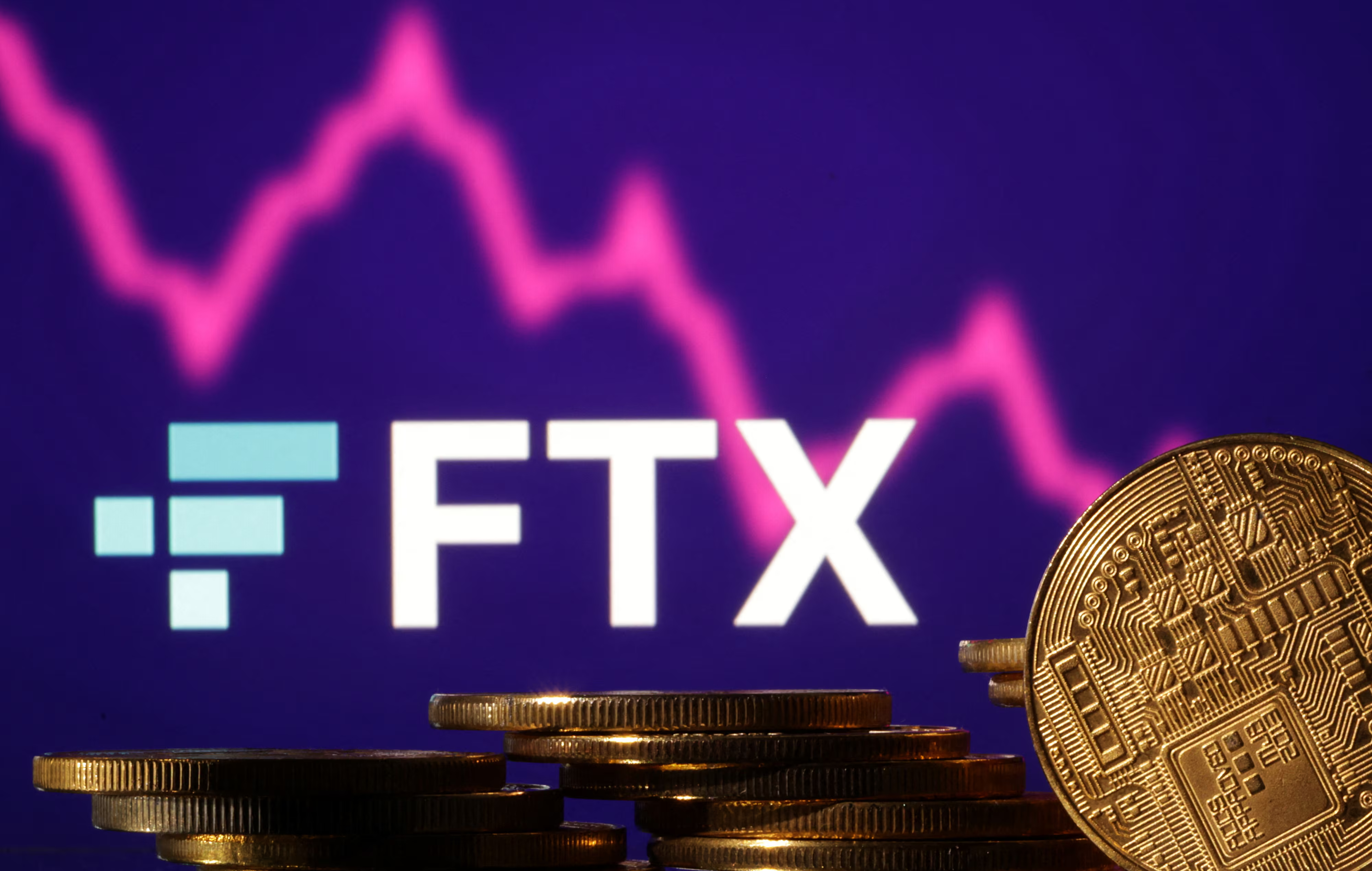In the constantly evolving landscape of financial markets, the recent activities surrounding cryptocurrencies, notably Bitcoin, have captivated the attention of investors worldwide. This surge comes amidst a broader slowdown in the equity markets, particularly within the technology sector, highlighting a fascinating deviation from previously observed trends.
Recent data from DeFi Daily News indicates a bullish trend for Bitcoin, which has seen an impressive leap of over 4%, reaching a notable price point of $66,377. This increase is not isolated to Bitcoin alone, as other leading cryptocurrencies such as Ethereum and Solana have also enjoyed upward movements, with Ethereum growing by 2.24% and Solana by an astonishing 7.8%. At the time of observation, Ethereum and Solana were trading at $3482 and $170 respectively.
The divergence between the movements in the cryptocurrency and equity (technological stocks, in particular) markets has sparked an intriguing dialogue among investors and analysts alike. Historically, there has been a significant correlation between the performance of cryptocurrencies and tech stocks, a relationship that dates back to around 2020. This correlation has largely been attributed to the increasing interest and investment from institutional investors who view cryptocurrencies through a similar lens as they do tech stocks, leading to somewhat synchronized movements between the two asset classes.
However, this established correlation seems to be unraveling. The crypto market, spearheaded by Bitcoin, embarked on a rally to new monthly heights in stark contrast to the falling equities. This anomaly could be traced back to several factors including rising institutional adoption, evolving perceptions of digital assets, and significant blockchain advancements or regulatory updates which uniquely impact the crypto domain.
The decoupling of crypto from tech stocks has further been fueled by speculative whispers around political figures, like former President Donald Trump, potentially embracing Bitcoin to an extent that could significantly impact the asset’s strategic reserve status in the U.S. Trump’s apparent shift towards a more crypto-friendly stance, amid growing relevance of cryptocurrency in political and voter circles, has injected an aura of anticipation and optimism into the market. His alignment with the interests of tech and crypto communities, particularly at a time when his political re-involvement seems highly likely, has revitalized market spirits, especially following Bitcoin’s recent dip tied to sales in Germany.
Adding to the crypto fervor, Solana has outshined many of its peers within the top echelons of the market. The token is riding high on a wave of the meme culture phenomenon and increased investor adoption, buoyed by expectations of forthcoming ETF approvals—a speculation that has seen several firms stepping up with filings for a spot Solana ETF.
Additionally, the Bitcoin market data, as reported at 8:23 pm UTC on July 19, 2024, illustrates a remarkable upswing with Bitcoin’s price up by 5.5% in the latest 24-hour cycle, leading to a market capitalization of $1.32 trillion and a daily trading volume of $34.24 billion. These figures not only underscore Bitcoin’s dominant position by market cap but also highlight a resurging interest within the crypto sphere.
Simultaneously, the broader crypto market has showcased a robust performance, valued at $2.44 trillion with a daily trading volume reaching $78.74 billion, thereby reaffirming Bitcoin’s overwhelming influence with a market dominance standing at 54.28%.
Mentioned in this article
Conclusion
The undercurrents of the financial markets are ever-changing, with the recent developments in the cryptocurrency sector illustrating a fascinating departure from conventional asset correlation models. As Bitcoin and its compatriots rally, despite the downtrend in tech equities, it sends a clear message about the viability and resilience of cryptocurrencies. This resurgence, powered by both speculation around high-profile endorsements and the broader institutional embrace, suggests a bright horizon for the crypto market. Amidst this buoyant atmosphere, the dynamic interplay between traditional and digital assets continues to evolve, offering a compelling narrative of innovation, speculation, and economic transformation that keeps market watchers on the edge of their seats. For enthusiasts and investors alike, these are indeed interesting times to engage with the digital asset economy, as it boldly steps into areas hithero dominated by traditional financial paradigms, rewriting the rules of engagement and value creation in the 21st century.

















